127 years ago today, Wilfrid Laurier was sworn in as Canada’s first French-speaking prime minister. Recognized as either the greatest leader Canada has ever enjoyed, or thereabouts, Laurier’s unprecedented and unsurpassed tenure of 15 consecutive years as prime minister was marked by his sincere devotion to maintaining neutrality between English and French-speaking Canadians, as well as making the country as independent from the UK as possible. READ more… (1896)
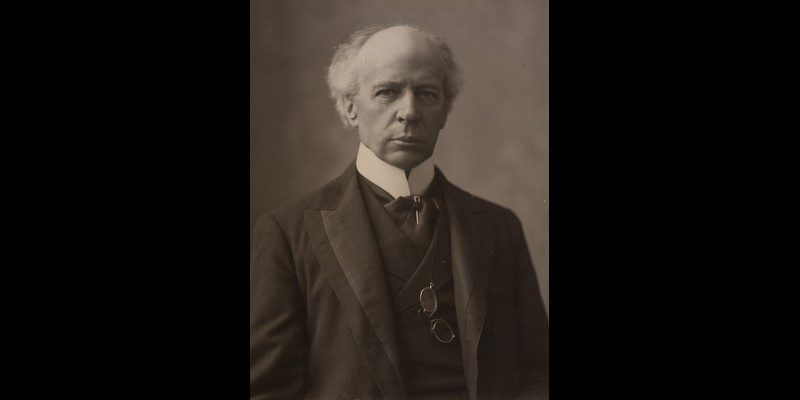
He faced great domestic pressure during his time in office as positions needed to be clearly staked out, with divided ethnic loyalties in the country demanding different courses of action always. During the Second Anglo-Boer War, Great Brittain demanded Canadian soldiers and funding for the navy. English-speaking Canadians supported the idea, while French speakers did not.
Laurier, who had already resolved an issue of Catholic education in schools on a school-by-school basis, got a reputation as a bit of a turncoat from his native Québécois. Nevertheless, he continued his middle-ground policy, authorizing an entire volunteer force of Canadian regulars to fight for Britain, and rather than fund the British navy, paid for the establishment of Canada’s very own.
During World War I, Laurier opposed Canadian conscription, supporting instead an all-volunteer force.
Historian Jacques Monet wrote, “To his faithful followers, especially in Quebec, where his surname is used as a first name by many other Canadians, Laurier is a charismatic hero whose term of office was a happy time in Canadian history. He worked all his life for cooperation between French- and English-speaking Canadians while he strove to keep Canada as independent as possible from Britain. His personal charm and dignity, his great skill as an orator, and his great gifts of intellect won the admiration of all Canadians and non-Canadians alike.”
MORE Good News on this Day:
- Willie Dixon, the blues singer and guitarist called ‘the poet laureate of the blues’, who wrote more than 500 songs, some of them timeless classics, was born (1915)
- The Medicare federal insurance program for health care went into effect in the U.S. (1966)
- Sony introduced the Walkman, the first portable audio cassette player, and though they predicted it would sell about 5,000 units a month, it sold more than 50,000 in the first two months and over the next 30 years more than 385 million Walkmans in cassette, CD, mini-disc and digital file versions, until the arrival of Apple’s iPod (1979)
- Vermont’s civil unions law went into effect (2000)
- 500,000 people marched in Hong Kong to protest a new anti-subversion law…. one year later, 530,000 rallied for democratization and universal suffrage (2003)
- For the first time in history, the U.S. Navy promoted a woman, Adm. Michelle J. Howard—also the first African-American—to become a four-star admiral (2014)
- Today is Canada Day, a national holiday celebrating Canada’s founding, and the date in 1980 when the song, O, Canada, became the national anthem.
- It is also Independence day in Somalia (1960); Rwanda (1962); and Burundi (1962)

33 years ago, Germany reunited, with East and West merging their economies under the Deutsche Mark currency. Western countries helped carry the burden, granting subsidies to pay East German bills and ease the budget gap. (1990)
On this day in 1957, the International Geophysical Year was launched by 67 countries to cooperate in the scientific study of the Earth. A global project that became a resounding success, it marked the end of a long Cold War period devoid of scientific interchange between East and West.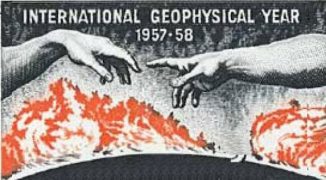
The IGY encompassed eleven Earth sciences, including meteorology, oceanography, seismology, geomagnetism, gravity, ionospheric physics, precision mapping, and solar activity. The timing of IGY was particularly beneficial since it covered the high point of the eleven-year cycle of sunspot activity. Significant achievements included: Both the Soviet Union and the U.S. launched artificial satellites, including the Soviet Union’s Sputnik 1, the first ever to be successful. Also notable were the discovery of the Van Allen radiation belts by Explorer 1, the defining of mid-ocean submarine ridges, which confirmed plate tectonics, and the detection of hard solar corpuscular radiation that could be highly dangerous for manned space flight.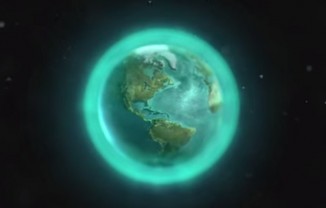
How did the IGY come about? On April 5, 1950, a small group of scientists gathered to meet with a visiting scientist from England. The men, all geophysicists, discussed the complexity of Earth’s oceans, atmosphere, magnetism, and the role of the sun. They agreed that with all the new tools available, such as rockets, radar, and computers, perhaps it was time for a coordinated, worldwide study of Earth’s systems. Two years later, the International Council of Scientific Unions proposed a comprehensive series of global geophysical activities to span the period July 1957-December 1958. The IGY still lives today in international collaborations.
And, 55 years ago today, the Nuclear Non-proliferation Treaty was signed by the US, the Soviet Union, Britain, and 58 other nations. Negotiated over three years, the treaty was designed to prevent the spread of nuclear weapons and their technology, to promote cooperation around the peaceful uses of nuclear energy, and to further the goal of achieving nuclear disarmament. As of August 2016, 191 states have adhered to the agreement, a testament to the treaty’s significance. Still in force today, the treaty’s main tenet is this: The non-nuclear-weapon states agree never to acquire nuclear weapons and, in exchange, the nuclear-weapon states agree to share the benefits of peaceful nuclear technology and to pursue nuclear disarmament aimed at the ultimate elimination of their nuclear arsenals. (1968)
89 years ago today, Sydney Pollack, the director, producer, and actor, was born in Indiana.
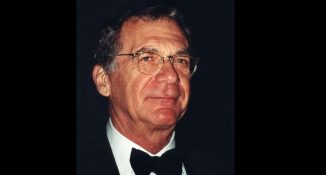
His 1985 film Out of Africa won him two Academy Awards for directing and producing. He also earned Best Director Oscar nominations for They Shoot Horses, Don’t They? and Tootsie. Some of his other best known movies include The Way We Were, with Barbra Streisand and Robert Redford, Three Days of the Condor (also with Redford), Absence of Malice, with Paul Newman and Sally Field, and The Firm with Tom Cruise. He acted in the Oscar-nominated film Michael Clayton (which he also produced) opposite George Clooney, and he played Will’s father on Will & Grace. Over time, Pollack’s films received a total of 48 Academy Award nominations, winning 11 times. He was married to the same woman, Claire Bradley Griswold, for a half century before his death from cancer at age 73. (1934)
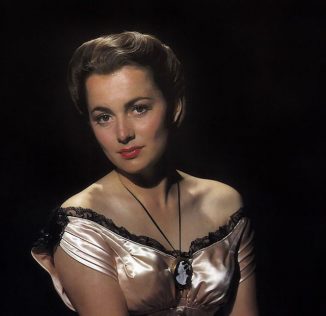 Also, on this day 107 years ago, one of the longest-living movie stars from the Golden Age of Hollywood, Olivia de Havilland was born. Best remembered as Melanie in Gone With the Wind, she’s one of the few to have won two leading-actress Oscars. Her 1944 lawsuit against Warner Bros. helped bring down the studio system that treated actors as property, giving them no decision-making powers in their own careers.
Also, on this day 107 years ago, one of the longest-living movie stars from the Golden Age of Hollywood, Olivia de Havilland was born. Best remembered as Melanie in Gone With the Wind, she’s one of the few to have won two leading-actress Oscars. Her 1944 lawsuit against Warner Bros. helped bring down the studio system that treated actors as property, giving them no decision-making powers in their own careers.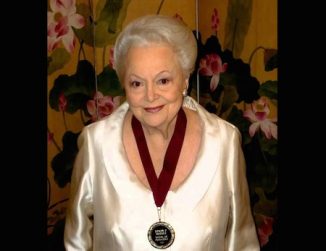
She played opposite Errol Flynn in 8 films, including The Adventures of Robin Hood, earned Academy Awards for To Each His Own (1946) and The Heiress (1949), and won praise for her portrayal of mental illness in The Snake Pit (1948)—a film that led to changes in the conditions of mental institutions in the US.
In 1949, Herb Stein of Daily Variety wrote “Wisconsin is the seventh state to institute reforms in its mental hospitals as a result of The Snake Pit.” She wrote a book about her Hollywood escapades, and falling in love with a Frenchman, with Every Frenchman Has One. She died of natural causes at her Paris home in 2020.
Happy 71st Birthday to Dan Aykroyd, the Canadian comedian from the original
Saturday Night Live cast who rocketed to fame with The Blues Brothers, Trading Places, and Ghostbusters, and was nominated for an Oscar for his supporting role in Driving Miss Daisy.
Born with different colored eyes and webbed toes, he planned on becoming a Catholic priest until age 17—but has maintained an interest in spiritualism and paranormal activity to this day. WATCH some of his best comic moments, Julia Child bleeding out…
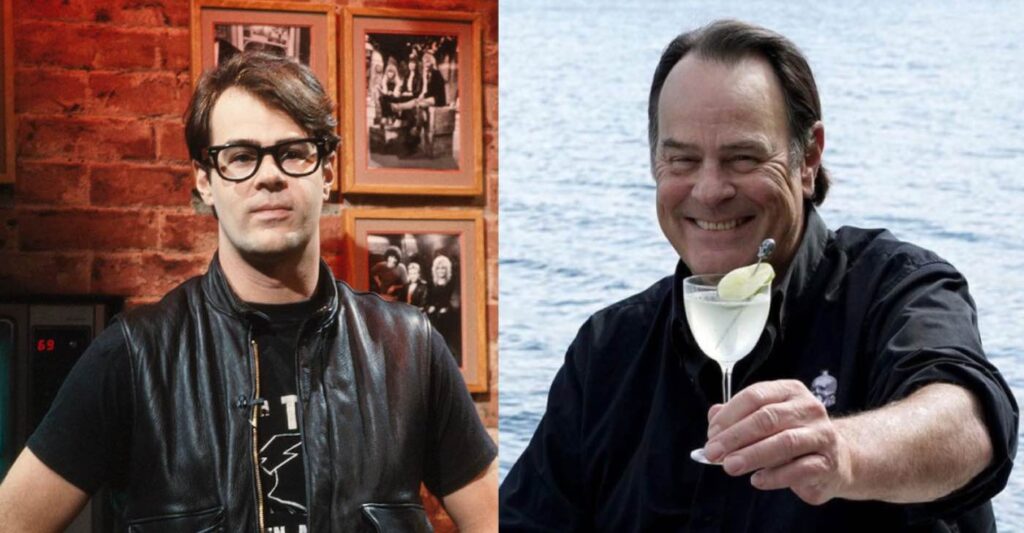
In 2007, businessman Aykroyd co-founded Crystal Head Vodka, a brand of high-end locally-sourced corn vodka known for its distinctive skull-shaped bottle and being filtered seven times through Herkimer diamond crystals, distilled four times, and blended with water from Newfoundland.
In 1992, Aykroyd and Hard Rock Cafe co-founder Isaac Tigrett founded the House of Blues, a chain of music venues, with the mission to promote African-American blues music and folk art. From its single location in Cambridge, Massachusetts, they expanded to New Orleans—and by 2004, it became the second-largest live music promoter in the world, with seven venues and 22 amphitheaters in the US and Canada, and was purchased by Live Nation in 2006.
With his birthday on Canada Day, Aykroyd maintains his maple leaf roots as a longtime resident of Sydenham, Ontario, alongside wife actress Donna Dixon whom he met on the set of Doctor Detroit. They appeared together in five films and have raised three daughters. He helped start the Blue Line Foundation, which is redeveloping flood-damaged lots in New Orleans and helping first responders buy them at reduced prices. (1952)
SHARE the Milestones, Memories, and Music…



















